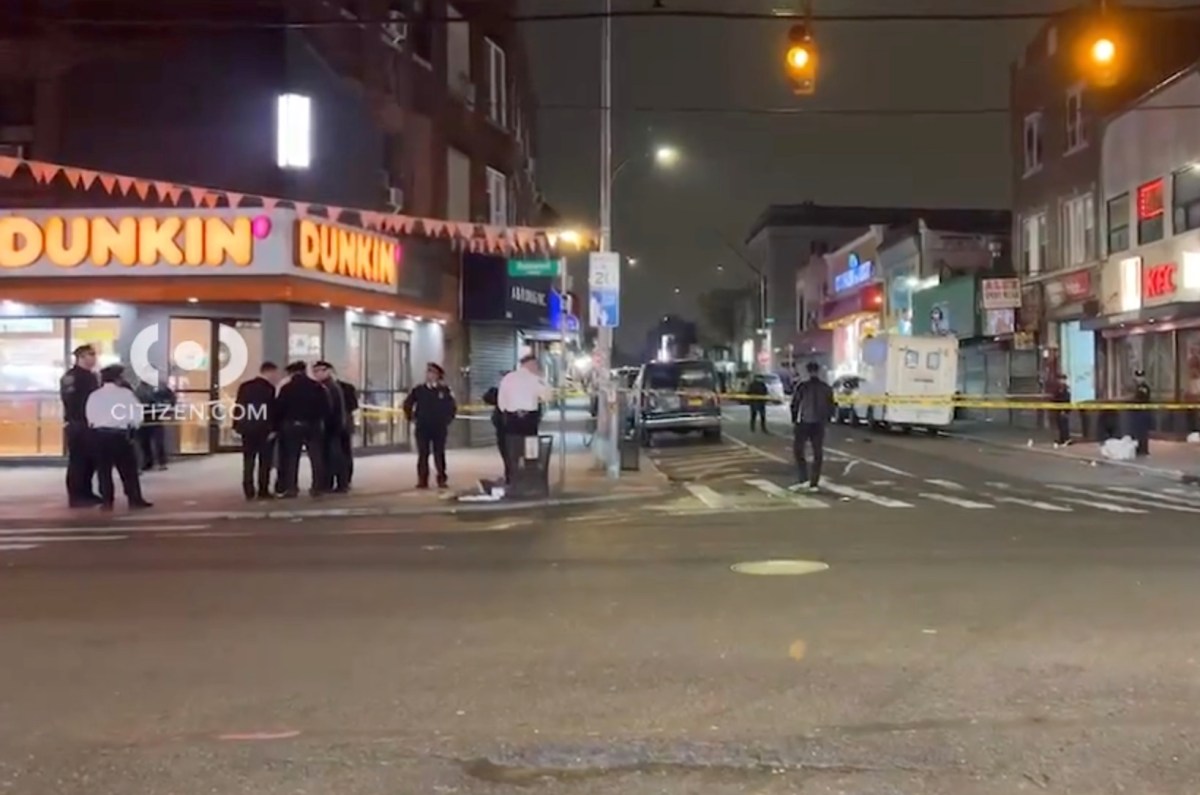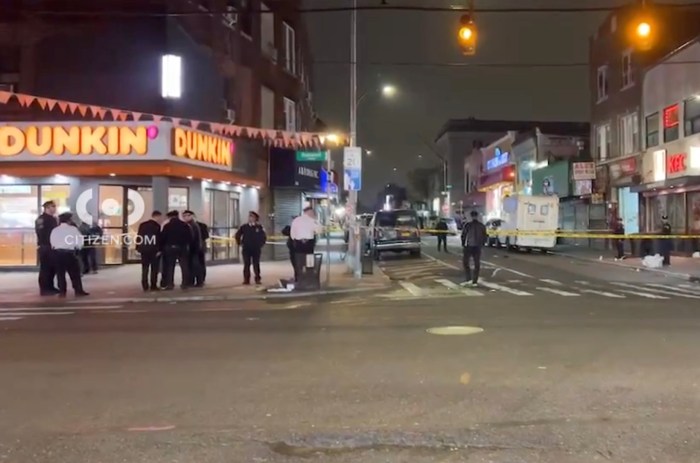By Michael Morton
But the aging treasure trove, a family heirloom, has not been discovered by the larger world. It remains a collection not yet lost but still in need of being found by those who could continue Turner's work after he is gone.”They're part of the house,” Turner said of the pictures last Thursday in the dining room of a modest two-story home on 171st Street where his family has lived since 1917. “I'm wondering who's going to do it after I'm gone.”Among the photos are shots of NAACP Co-founder W.E.B. DuBois, a professor and sociologist, and its top lawyer, Thurgood Marshall, later to become the first black justice on the U.S. Supreme Court. The well-worn black-and-white images were taken by Turner's father, Frank Turner, the NAACP's unofficial photographer.Through a mutual connection with Ohio's Wilberforce University, Frank Turner was recruited by DuBois to serve as his secretary at Atlanta University, then was asked by DuBois to come to New York City after the founding of the NAACP. Frank Turner became the circulation manager of the Crisis, the group's magazine, and later the treasurer of the entire organization. He and his wife Frosty Turner formed the Jamaica branch of the NAACP in 1927. At the time, the Klu Klux Klan held an annual march on Hillside Avenue and rallies in Baisley Park, said past branch president and Turner family friend Jean Phelps. “When our branch was founded, it was not an easy thing,” said Phelps, who came out last Thursday to look at Hank Turner's photos. She said the chapter blossomed to play an important role in the civil rights struggle.”It's historically been one of the most powerful branches,” she said. “It was the biggest and baddest.”Frank Turner got his son a custodial job at NAACP headquarters. But unlike his parents and his brother Burghardt, he did not become active in the organization. Instead, he was “busy with his horn,” playing trumpet professionally in bands that he ran. He once fired Charlie Parker, later to become a famed saxophonist, because he was always late to gigs.”He didn't work out too well,” Hank Turner said, noting that Parker still owed him $5.Eventually Hank Turner went into the Navy, became an optician and inherited the house on 171st Street upon the death of his parents. Among their possessions were the photos his father had taken, pictures which no one else from the NAACP has.”This is it,” Hank Turner said. Over the years, he has worked at transferring some of the photos to more substantial albums with protective page covers, but he is concerned about the collection's fate. Phelps has contacted the NAACP national office to become the collection's caretaker, but she said they have dragged their feet.”If they come and see this, they're going to kill themselves for not coming sooner,” she said. Phelps said City Councilman Leroy Comrie (D-St. Albans) might seek to have the Turner home declared a historical landmark, but that would not necessarily address the question of preserving the photos.”I don't know to whom to leave it,” said Hank Turner, who never had any children.In the meantime, the albums sit among his collection of orchid and cruise ship magazines, as well as old furniture, knick-knacks and other mementos from his parents. His wife Vivian teases him about the clutter, but he is unlikely to get rid of his possessions.”To me it's history, and I want to hold on to it,” Hank Turner said. “There's nothing I can do now except say it's a part of me.”Reach reporter Michael Morton by e-mail at news@timesledger.com or by phone at 718-229-0300, Ext. 154.






























